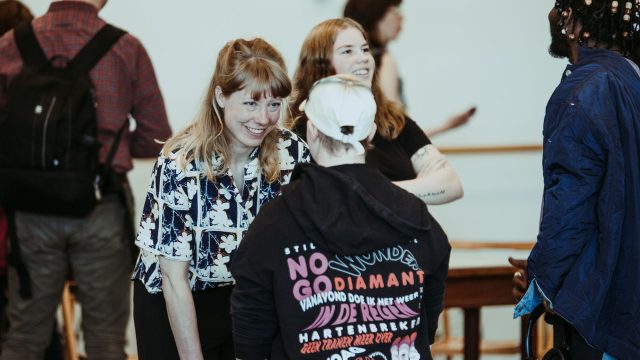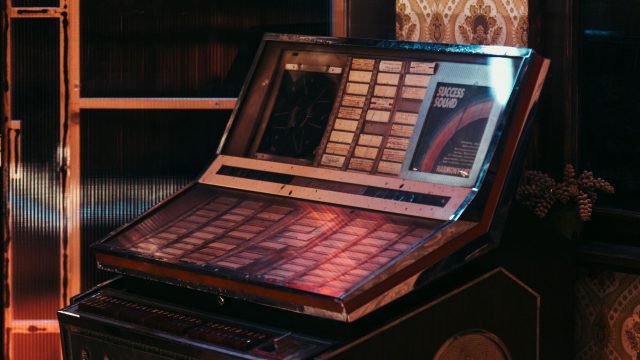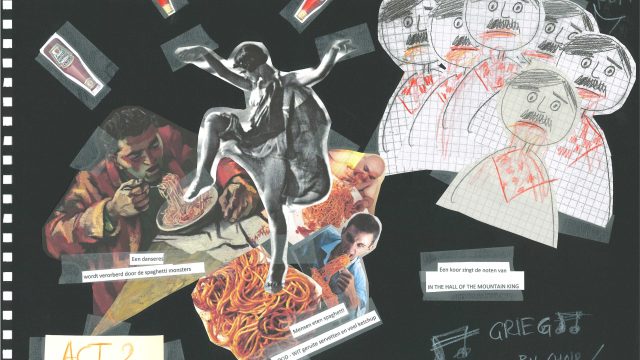'Opera Ballet Vlaanderen approached me with the idea of creating a participatory performance with residents of Antwerp, Mechelen and Ghent. The starting point was: ‘We’re making a performance, who wants to join us?’ The only requirement: enthusiasm and willingness to work hard. Seventy people responded. A diverse collection of individuals. Some performers are appearing on stage for the first time in Schemer, others are seasoned amateurs. At the first meeting, the players are asked to introduce themselves. They can choose how: using a song, a drawing, a photo, a piece of text, anything. What follows is procession of more than seventy brave, magical, disarming individuals, sometimes shaking in their boots. One by one, with utter dedication. Everybody tirelessly continues to applaud each other. I fall in love with the cast. And when the choir joins the rehearsals and introduces itself with a song, I’m instantly smitten. It’s at some point in those rehearsals that I decide: if we’re going to sing about life, then let’s pull out all the stops.'
'At the initial rehearsals, I mainly looked at who the people were during the coffee breaks, as they arrived on their bike, and how they went home. What kind of chemistry is there between all those individuals and what charisma do we have in our midst?'




